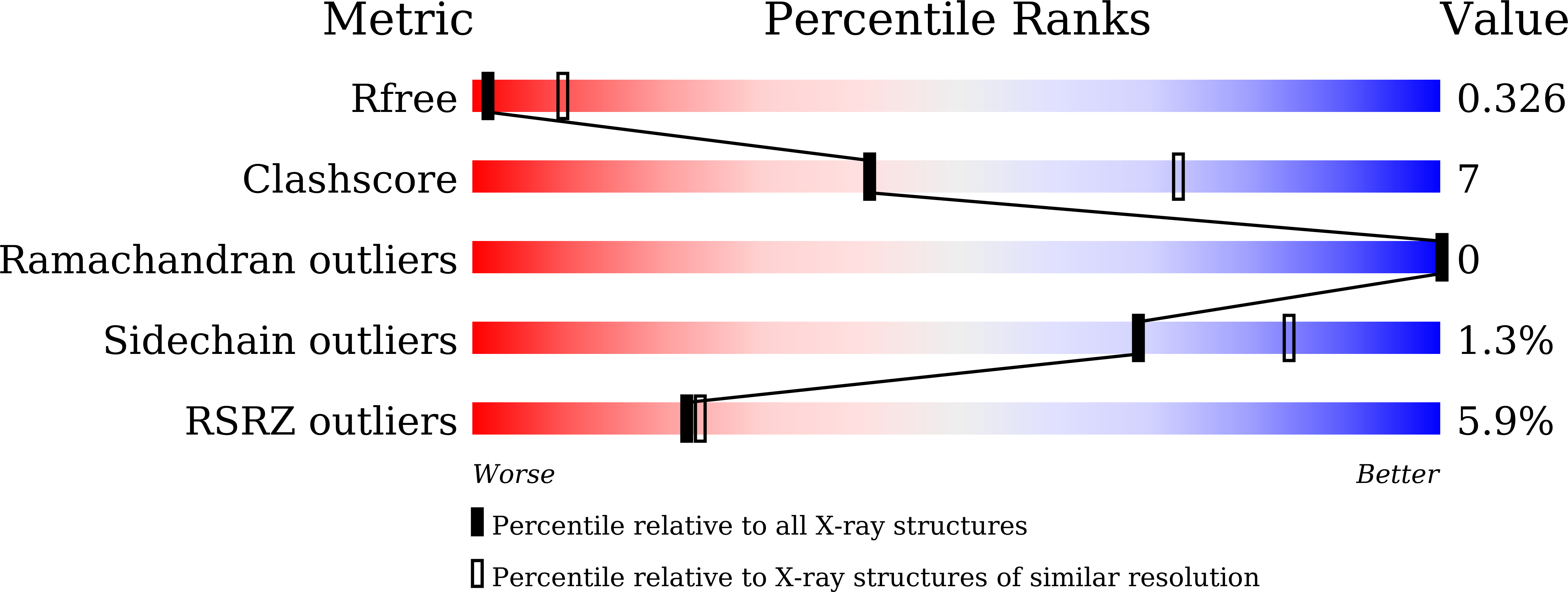
Deposition Date
2024-05-23
Release Date
2024-08-28
Last Version Date
2024-10-09
Entry Detail
PDB ID:
8ZMG
Keywords:
Title:
Crystal structure of an inverse agonist antipsychotic drug pimavanserin-bound 5-HT2A
Biological Source:
Source Organism:
Homo sapiens (Taxon ID: 9606)
Escherichia coli (Taxon ID: 562)
Escherichia coli (Taxon ID: 562)
Host Organism:
Method Details:
Experimental Method:
Resolution:
3.40 Å
R-Value Free:
0.32
R-Value Work:
0.29
R-Value Observed:
0.29
Space Group:
C 1 2 1


